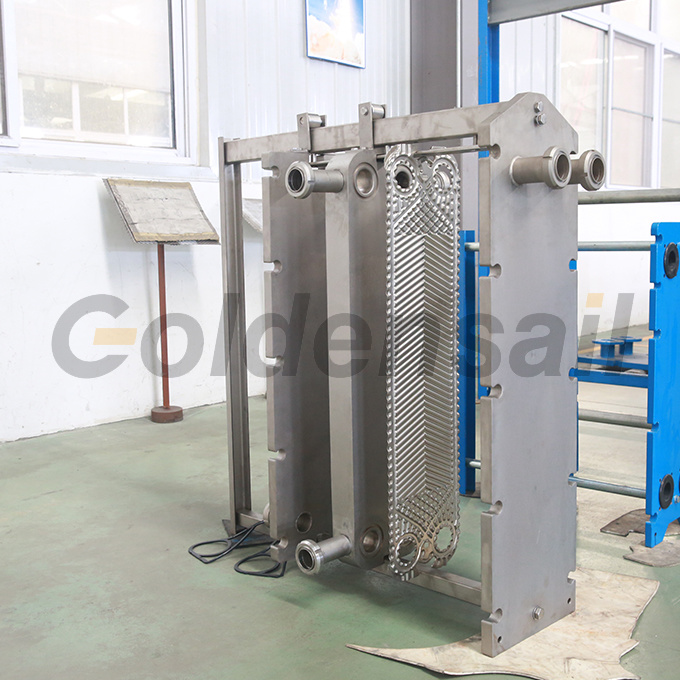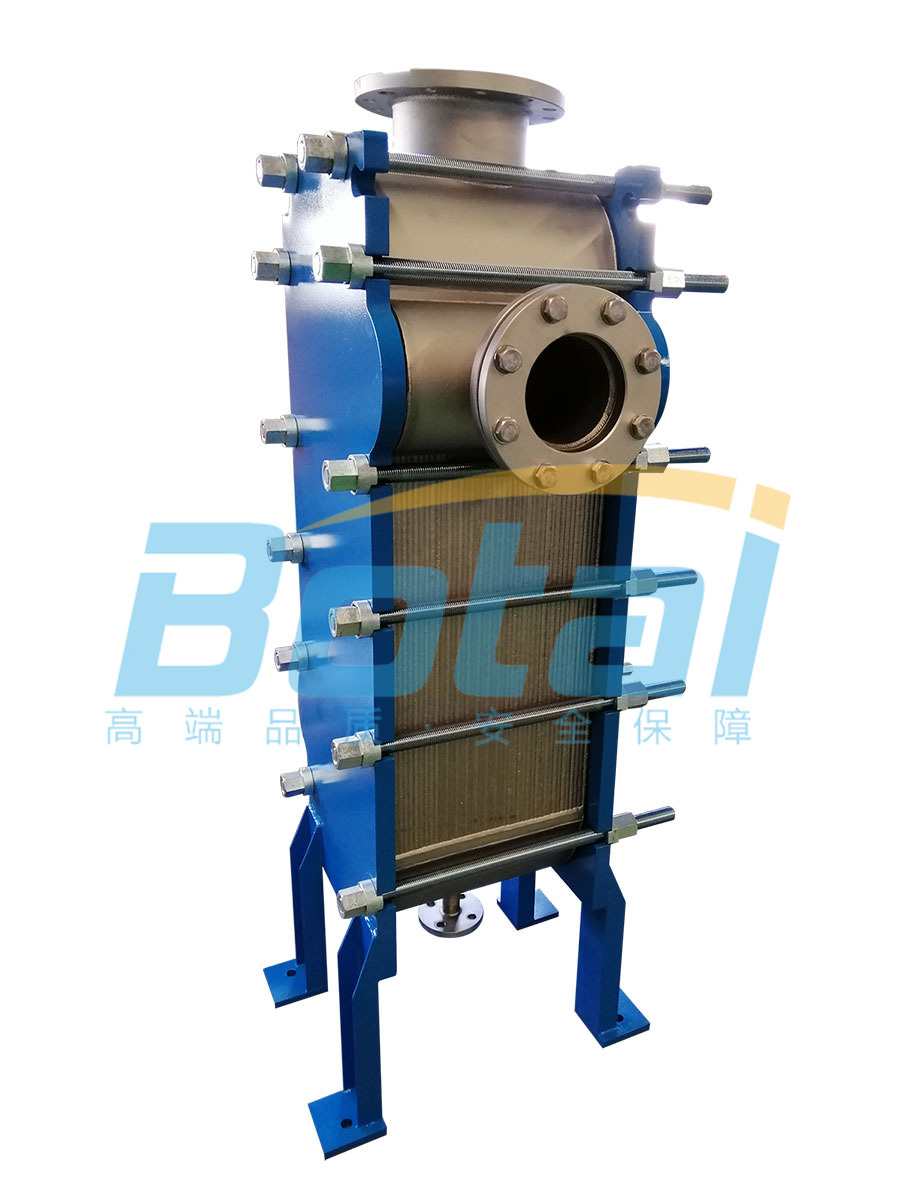Tianjin Botai Heat Exchange Equipment Co.,Ltd
How to solve the scaling problem in plate heat exchangers?
2020-01-13
Plate heat exchangers are widely used cooling exchange equipment in the vacuum distillation workshop of refineries. The factory incurs significant costs every year due to the fouling of heat exchangers, and when the problem is severe, it can also affect production. Based on the mechanism of fouling layer deposition, fouling can be classified into particulate fouling, crystalline fouling, chemical reaction fouling, corrosion fouling, and biological fouling.

Plate heat exchangers are widely used cooling exchange devices in the vacuum distillation workshop of refineries. The factory incurs significant costs each year due to the fouling of heat exchangers, and when the problem is severe, it can also affect production. Based on the mechanism of fouling layer deposition, fouling can be classified into particulate fouling, crystalline fouling, chemical reaction fouling, corrosion fouling, biological fouling, and others.
1) Particulate fouling: The accumulation of solid particles suspended in the fluid on the heat exchange surface. This type of fouling also includes the sediment layer formed by larger solid particles on horizontal heat exchange surfaces due to gravity, known as sediment fouling, and the deposition of other colloidal particles.
2) Crystalline fouling: The deposits formed by inorganic salts dissolved in the fluid crystallizing on the heat exchange surface, usually occurring during supersaturation or cooling. Typical fouling includes calcium carbonate, calcium sulfate, and silica fouling layers on the cooling water side.
3) Chemical reaction fouling: The fouling generated by chemical reactions occurring on the heat transfer surface, where the material of the heat transfer surface does not participate in the reaction but can act as a catalyst for the chemical reaction.
4) Corrosion fouling: The fouling produced by corrosive fluids or impurities containing corrosive substances that corrode the heat exchange surface. Generally, the degree of corrosion depends on the composition of the fluid, temperature, and the pH value of the treated fluid.
5) Biological fouling: Except for seawater cooling devices, biological fouling generally refers to microbial fouling. It may produce sludge, which in turn provides conditions for the proliferation of biological fouling. Under suitable temperature conditions, biological fouling can generate a considerable thickness of fouling layer.
6) Freezing fouling: The fouling formed by fluid freezing on an undercooled heat exchange surface. For example, when water is below zero and freezes into ice on the heat exchange surface. The uniformity of temperature distribution has a significant impact on this type of fouling.
Previous Page:


